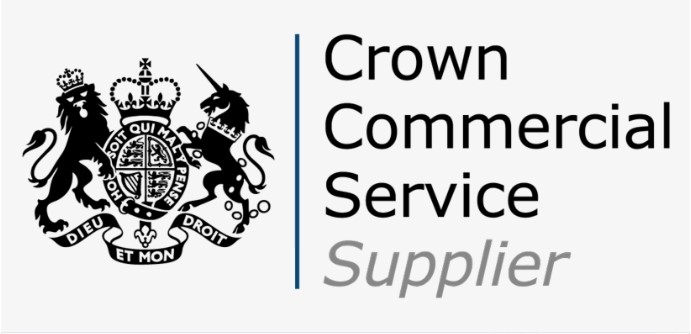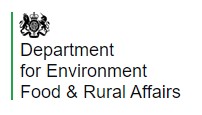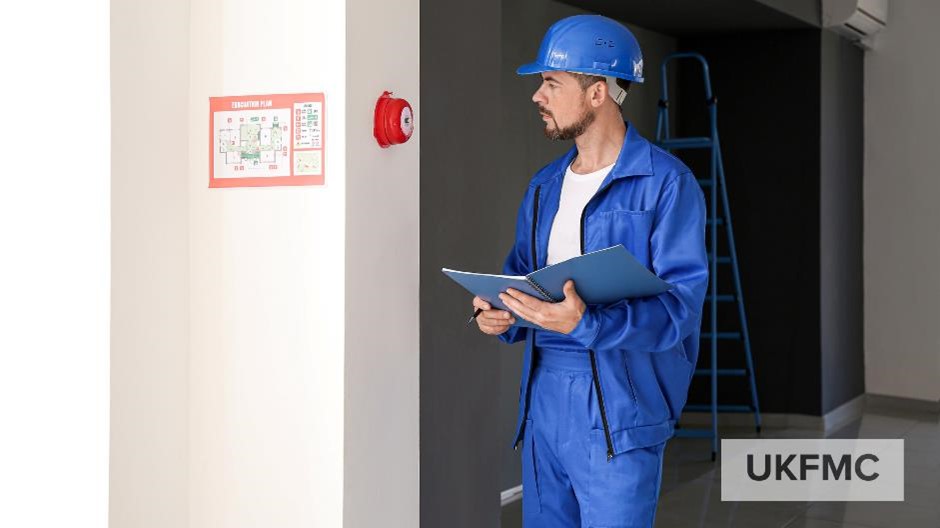What regulations affect fire doors?
In the case of new buildings, or those which include alterations, extensions or change of use, the appropriate Building Regulations apply.
Existing buildings, other than domestic properties, are governed by the requirements of the Regulatory Reform (Fire Safety) Order: 2005 – otherwise known as the RRO or FSO.
Regulation 38 of the Building Regulations (England and Wales) links the Building Regulations to the RRO for those buildings to which the RRO applies.
It is also important to note that a consultation processes is currently underway to review the FSO and highlight where it could be amended to provide greater clarity. Further information on this can be found here.
Fire door regulations in new buildings
Fire door regulations in new buildings are governed by Building Regulations, also known as Approved Documents (or equivalent) and are available from the websites shown below. They are designed to help meet the minimum standards required for construction in the UK.
As fire doors are functional items and are necessary in all buildings and structures, they are required to meet a number of different regulations such as sound, accessibility, ventilation, thermal efficiency and safety glazing as well as fire safety.
A summary of Approved Document regulations in England, Scotland, Wales and Northern Ireland is shown in the table below.
- England – Approved Documents
- Wales – Approved Documents
- Scottish Building Standards – Technical Handbooks
- Northern Ireland – Technical Booklets
In addition to building regulations, fire doors may also be required to comply with other codes and standards to meet criteria such as the Home Quality Mark. There may also be procurement requirements for responsible sourcing of materials to consider, such as those provided by forest certification and chain of custody, which apply to all projects undertaken by UK Government Public Sector and its agencies.
Fire door regulations in existing flats and buildings
The Regulatory Reform (Fire Safety) Order 2005, known as the FSO or RRO, replaced over 70 pieces of fire safety law and came into force in 2006. This determines the requirements for fire door regulations in existing flats and buildings.
The responsibility for fire risk assessments in all non-domestic buildings including the common parts of flats and houses of multiple occupation, falls to the ‘responsible person’.
Under the FSO/RRO, the responsible person must carry out a fire safety risk assessment and implement and maintain a fire management plan. Further information on carrying out a risk assessment is available here.
The law applies to you if you are:
- responsible for business premises
- an employer or self-employed with business premises
- responsible for a part of a dwelling where that part is solely used for business purposes
- a charity or voluntary organisation
- a contractor with a degree of control over any premises
- providing accommodation for paying guests
Additional information on fire door safety and roles and responsibility can be found here.
Fire doors play a major role in the fire safety and protection of all buildings covered by the FSO/RRO, so it is important that fire doors are correctly inspected and maintained to ensure compliance.
Failure to do so can place property and lives at risk and is likely to result in a criminal prosecution.
Fire door regulations as a landlord – private or social
The Homes (Fitness for Human Habitation) Act 2018 requires landlords in the private and social sectors to ensure that their properties, including any common areas of the building, are fit for human habitation at the beginning of the tenancy and throughout. To achieve this, landlords must make sure that their property is free of hazards that mean the property is not reasonably suitable for occupation.
The hazards, as set out in the Housing Health and Safety (England) Regulations 2005, include exposure to uncontrolled fire and associated smoke – highlighting the need for effective fire doors that prevent the spread of smoke and fire.
The Housing Act 2004 also introduced a new method for assessing housing conditions. The Housing Health and Safety Rating System 2005 (HHSRS) aims to avoid, or at the very least minimise, potential hazards, including fire safety protection, and means that landlords should regularly review conditions to see how they can be improved and made safer.
The Act also provides local authorities with non-compliance enforcement measures that can result in improvement notices, prohibition orders and emergency action.
Fire door regulations as an employer
Where there are areas in residential buildings that people are using as a work space, there will be obligation for the safety of those employees under the Health and Safety at Work Act 1974.
Employees must be able to leave their place of work safely, which means maintaining the escape routes used in the event of a fire through the use of correctly specified and installed fire doors and smoke control doors.
Fire door regulations – ongoing maintenance
Legislation requires fire doors to be maintained correctly. Regular fire door inspections, particularly for those in high-risk and high-usage areas will highlight any fire door maintenance or replacement issues that needs addressing.
When carrying out maintenance on a fire door or doorset, it is important to remember that under the Building Regulations or the Regulatory Reform (Fire Safety) Order (RRO), proof of compliance of fire doors can be requested. For this reason, the original fire door specification should be adhered to and only compatible components used to avoid challenges.
How does third-party certification meet fire door regulations?
Third-party certification of fire doors and doorsets provides evidence to the responsible person that everything reasonably practical has been done to demonstrate the ability of the fire door to perform in the event of a fire. The fire door certification process provides proof of the fire door or doorsets’ ability to hold back the spread of smoke and fire, and the consistency of its manufacture.
Fire door third-party certification also provides vital specification information for component parts to enable the fire door or doorset to be maintained in line with the original specification throughout its lifespan. This is crucial for compliance with both the Building Regulations and the Regulatory Reform (Fire Safety) Order (RRO).
Business Facilities Management is a specialist field, in which UKFMC possesses a wealth of knowledge and experience, consequently we are fully compliant with all relevant legislation; in addition we can offer support and advice on all aspects of Facilities Management.
This information is licensed under the Open Government Licence v3.0. except where otherwise stated.







